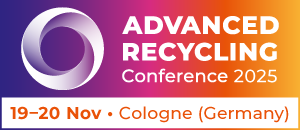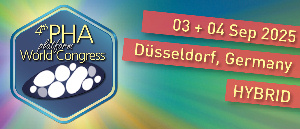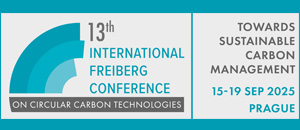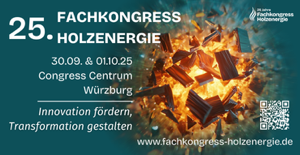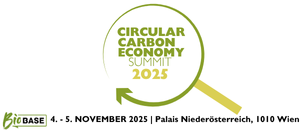In this S2Biom newsletter issue, we would like to inform you about the progress of the toolset focusing particularly on the integrated tools developed: First the most recent updates made in the cost-supply database, then the ‘biomass conversion pathway matching tool’ and finally the full chain assessment tools of BeWhere and LOCAgistics implemented to a case study in Burgundy.
The toolset is under development, but if you would like to receive a link to the demo version, please email: cosette.khawaja@wip-munich.de. We will be happy to receive your comments and feedback.
The newsletter also includes a summary on a market review on the biomass demand foreseen up to 2030 when the production of biobased chemicals and materials further develops. Some events are announced in the end of the newsletter.
Biomass cost-supply viewing tool
As described in the former Newsletter the biomass cost-supply viewing and download tool enables an easy viewing and further analysis capabilities for data on biomass cost-supply at different spatial resolution levels (Nuts 0, 1, 2, 3). There are currently 47 biomass types included which are further classified in 10 main categories and 18 sub-categories (more information). For all these biomass types attributes are now included at the different spatial resolution levels and different types of potential situations for amount in tons, volume, heating values to display in joules, moisture content as received and cost at the road side.The final biomass potentials to be included in the tool are:
- Technical potential which represents the absolute maximum amount of biomass assuming the absolute minimum of technical constraints and the absolute minimum constraints by competing uses.
- Base potential which can be defined as the sustainable technical potential, considering agreed sustainability standards in CAP (Common Agricultural Policy) for agricultural farming practices and land management and as agreed in (national and regional) forestry management plans for forest biomass. This also covers legal restrictions such as restrictions from management plans in protected areas be.
- User-defined potentials which vary in terms of type and number of considerations per biomass type. The user can choose the type of biomass and the considerations he would like to add and calculate the respective potential. It helps the user to understand the effect on the total biomass potential of one type of consideration against the other.
Currently the tool enables viewing of the latest version of the cost-supply data for 2012, 2020 and 2030 for the base potential. The new functionalities to the viewing tool that are being implemented (expected by October 2015) are:
- Display of biomass quantity below certain “user defined” cost levels
- Weighting of biomass amounts on total area, Utilised Agricultural Area (UAA) and Forest Area
- Incorporate options for user defined biomass potentials
- Selected data per area/ biomass type downloads
- Metadata display (specifying data sources used, short description of approach applied) for every data view selected by users.
Biomass conversion pathways matching tool
This tool, which is currently being developed, is expected to provide support to users for finding the best match between a certain amount of biomass with specific characteristics as specified in the cost-supply database and the appropriate conversion and/or logistical component and pre-treatment technology.
Currently the following user interaction is implemented in this tool: A user selects from an extensive list one or more biomass types for which the best technology matches need to be identified. The tool then provides the suitable technologies based on the selection criteria specified in the knowledge base on conversion technologies. A distinction can be made between a fundamental match and a physical match.
The fundamental match implies that the chemical composition of the biomass is in the range the technology can cope with. It is called ‘fundamental’ because it is very challenging to change chemical composition of a biomass strongly through pre-treatment processes.
The physical match exists if the physical characteristics (e.g. volume, size and form, moisture contents) comply with the technology requirements. Physical characteristics can generally be further adapted through different pre-treatment processes and are more easy to alter than chemical characteristics.
For the matching of the biomass with the technology the evaluation steps as presented in the underneath scheme are to be implemented:
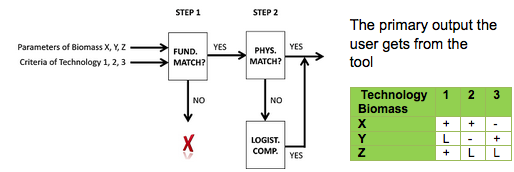
Meaning:
+ match in step 1 and step 2
– no match in step 1
L match in step 1, but not in step 2 (logistical component needed)
For the matches (‘+’) which the tool has identified, the user can then get detailed information on the characteristics of the conversion technology and the characteristics of the technology incorporated in the technology database and a mapped overview of the regions in Europe where there is enough suitable biomass available matching with the conversion technology.
Full chain assessments
Two full chain assessment tools are currently developed within the toolset of S2Biom. Their development is done by incorporating an application of the tool for a case study in Burgundy in cooperation with the LOGISTEC project. The output generated from this project is used for the implementation of the identification and comparative evaluation of biomass delivery chains.
BeWhere: The data from Burgundy case study is currently being incorporated in this tool in order to support the development of strategies for the cheapest and most GHG efficient ways to comply with an additional demand for electricity and heat purely based on local regional biomass resources. The case will focus on four types of biomass resources potentially available in Burgundy which are dedicated crops miscanthus, triticale and sorghum and straw residues.
LOCAgistics: A local assessment tool for biomass delivery chains is also currently being developed for the Burgundy case study. It enables to further design and evaluate the solutions for additional biomass delivery chains proposed in the BeWhere solution for Burgundy. These solutions are translated in several biomass delivery designs using the variation in logistical concepts covering transport, pre-treatment and conversion options. The feasibility of every chain design can then be analysed in a comparative way (for different biomass delivery chains) in relation to environmental impacts (GHG emissions and mitigation including land use change emissions, soil C, soil erosion impacts potential and an economic minimum acceptable return analysis). It will take account of high resolution cost-supply information available at 250 m resolution grid.
Once the Burgundy cases are working in the BeWhere and LOCAgitics tools the results will be validated with experts in the regions and new cases will be incorporated from regions in Spain, Finland and possibly other regions.
Market review
One of the activities in the S2Biom project is a market review: “How much biomass demand can be foreseen up to 2030 when the production of biobased chemicals and materials develops further?”. The focus is on biomass demand for European production facilities (EU28, Western Balkans, Moldova, Turkey and Ukraine) and on lignocellulosic biomass feedstocks and their applications.
The market review is important in two respects:
- So far, only few projections for future demand for biobased chemicals and materials are available, and none of them contains a translation back to a corresponding demand for lignocellulosic biomass.
- The key question in S2Biom is to what extent the additional demand for biomass from chemicals and materials could be sufficiently significant to influence lignocellulosic biomass prices and induce scarcity and competition issues with energy applications.
For this review, the focus was on sectors that can create significant biomass demand, i.e. relatively bulky chemicals markets. Specialties and fine chemicals can have high added value and can therefore be most relevant for a biorefinery business case, but their production will by definition not induce bulky amounts of biomass demand.
For the market analysis 11 product-market combinations (PMCs) were identified as possible significant consumers of biomass resources in the Pan-European area (see Table below). The focus was to quantify the demand for biomass feedstock for these PMCs in 2020 and 2030.
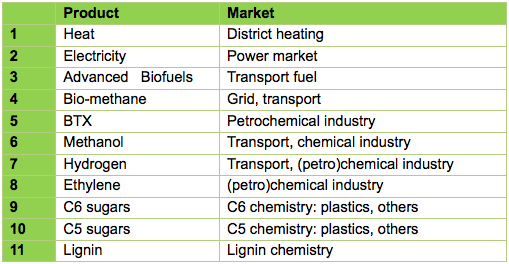
Essentially, three approaches were applied:
- For the PMCs related to biomass use for energy and energy carriers, conventional energy sector projections were used, such as the NREAPs. This applies to PMCs 1-3.
- For the mostly thermochemical pathways (PMCs 4-8), estimates of developments in the fossil-based reference material were available. With some expert judgements and logical reasoning, a range of possible biomass shares was estimated for 2020 and 2030. On the basis of conversion technology information and other sources, this was translated into a corresponding biomass demand.
For the cellulose, hemicellulose and lignin PMCs (9-11), estimates were based on various studies specifically on biobased plastics (see Figure below), and other materials such as lubricants, solvents and surfactants. Data from literature and expert estimates were used to translate this into a corresponding biomass demand.
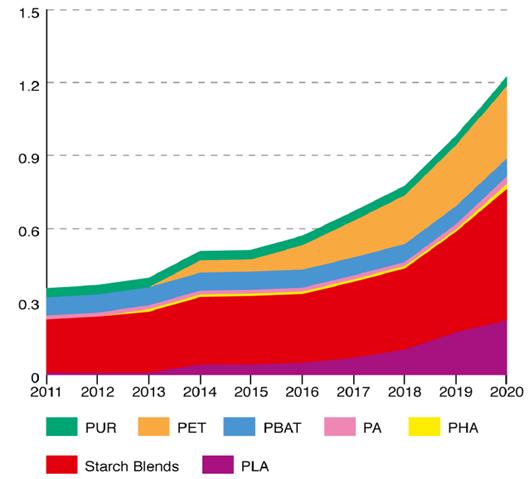
The market review results will be published in October 2015 in a memo and three background documents. The study indicates that:
- Next to the demand for energy, lignocellulosic biomass demand for chemicals and materials can run into millions of tonnes by 2020, and tens of millions of tonnes in 2030.
- Uncertainties are substantial, both in terms of technologies that are to be further developed, and in terms of supporting policies required. Besides, the oil price is a strong factor affecting the prospects for biobased chemicals and materials.
Both the review results and the outcomes of the integrated assessment for which they will be used will be subject to stakeholder consultation in the project.
Upcoming events
Three joint events will take place from 29 September to 2 October 2015 in the JRC premises, Ispra, Italy: The S2Biom 3rd consortium meeting, workshop on Vision for the sustainable and resource efficient biomass in Europe and BISO workshop.
S2Biom 3rd consortium meeting
29-30 September 2015
The third consortium meeting is a private meeting where the consortium will meet to discuss the advancement of the project activities and plan future tasks. joint events.
Workshop on “Vision for the sustainable and resource efficient biomass in Europe”
1 October 2015
This workshop, which is open to the public, will take place on 1 October 2015 after the consortium meeting. The aim of the workshop will be dual:
- To present the Vision for sustainable and resource efficient biomass supply in Europe and discuss details of its main components,
- To discuss gaps, future steps and integration of the Vision into future policy and strategy documents at EU, Energy Community Secretariat and national levels.
A briefing on the current status of bioeconomy and an outlook to biomass cost supply issues will be given as well. More information about the workshop is presented here.
For registration please contact Ludger Wenzelides: L.Wenzelides@fnr.de
Workshop on “Bioeconomy Information System and Observatory (BISO) – Environmental Sustainability Assessment”
2 October 2015
This workshop, which is co-organised at own initiative by the European Commission – Joint Research Centre, Institute for Environment and Sustainability, Sustainability Assessment Unit and Imperial College – London, Centre for Energy Policy & Technology, aims at presenting and discussing with both EC and non-EC stakeholders:
- The achieved progress since the last workshop (November 2014) in the environmental sustainability assessment of bioeconomy chains by sectors (food & feed, bio-products and bioenergy),
- The so-identified gaps and consequently – the indicative plans for the future; The workshop is also open to the public.
More information about the workshop can be found here.
About The S2Biom project
The S2Biom project – Delivery of sustainable supply of non-food biomass to support a “resource-efficient” Bioeconomy in Europe – supports the sustainable delivery of non-food biomass feedstock at local, regional and pan European level through developing strategies, and roadmaps that will be informed by a “computerised and easy to use” toolset (and respective databases) with updated harmonised datasets at local, regional, national and pan European level for EU28, Western Balkans, Moldova, Turkey and Ukraine.
Further information about the project and the partners involved are available under www.s2biom.eu
The project duration is 36 months and the activities started in September 2013.
S2Biom is co-funded by the European Union within the 7th Frame Programme. Grant Agreement n°608622.The sole responsibility of this publication lies with the author. The European Union is not responsible for any use that may be made of the information contained therein.
Source
S2Biom newsletter, Issue 4, September 2015, 2015-09.
Supplier
European Commission
European Union
Imperial College London
Joint Research Centre (JRC)
nova-Institut GmbH
Share
Renewable Carbon News – Daily Newsletter
Subscribe to our daily email newsletter – the world's leading newsletter on renewable materials and chemicals






